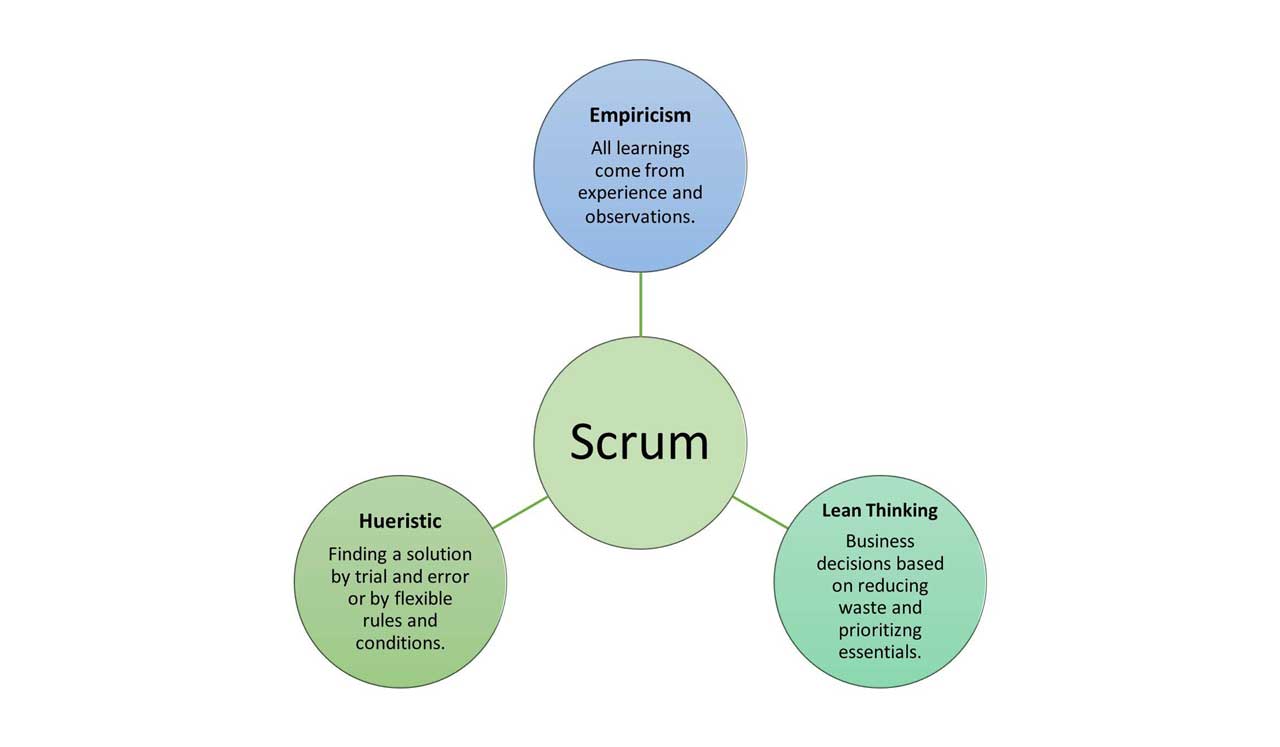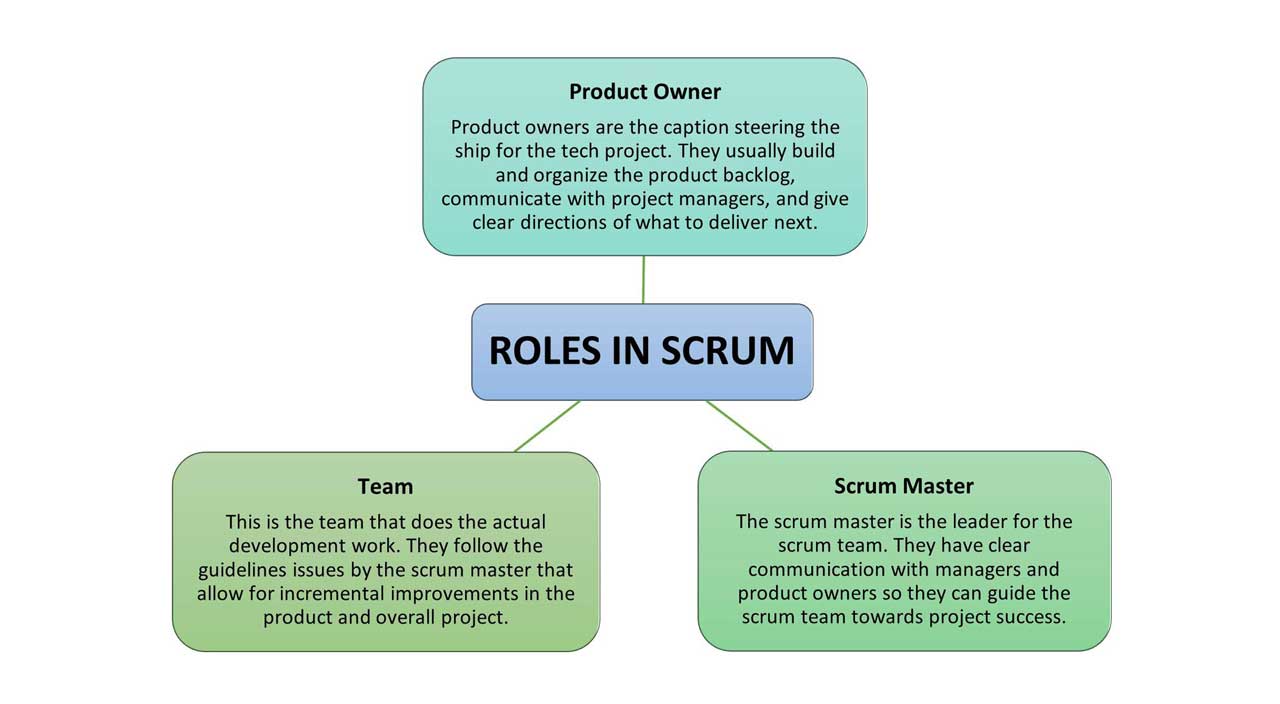If you’re someone in the software and tech sector, you might have a daily scrum scheduled for tomorrow morning, right? Practiced mostly in agile methodologies, these short meetings with your core teams are essential cogs that drive tech projects toward success. But what exactly is this framework and what does it entail?
What is Scrum?
Did you know that the daily scrums we know today are a descendant of the scrum from the popular sport rugby? In rugby, players huddle together before matches to form strategies and techniques to win against their opponents. A similar psychology is applied, albeit not as competitive, to scrums in the tech world.
These meetings are short brief meetings that span an average of 15 minutes with the core intent of keeping everyone on the same page. Conducted usually standing, these meetings are led by scrum masters and have different events and artifacts within them. However, there is a lot more to this framework than just daily stand-ups or sprints. Let’s dive a bit deeper.
Scrum is a heuristic framework that is based on lean thinking and empiricism. It is closely connected to the agile methodology.

Agile Scrum Methodology
A common misconception is that agile and scrum are the same thing, but this is not entirely true. To put it simply, scrum is a framework whereas, agile is a project management philosophy.
Agile methodology believes in continuous improvement in an incremental fashion. With agile, you take small yet frequent actionable steps that ultimately lead to the successful completion of a project. Agile methodologies advocate for constant communication and clear collaboration with clients.
Both of these concepts work hand in hand as they have similar ideologies behind them, which is why they are often seen as the same thing. Teams that implement and follow agile processes will typically use scrums throughout the project lifecycles.
Roles in scrum
There are different stakeholders and participants within this process, each with their own purpose and responsibility, let’s delve into the roles.

Events in scrum
Now let’s have a look at the activities that occur in these meetings. Scrum ceremonies and events are the components that make up these meetings and framework. These may differ from company to company, but the general principles remain stagnant. Let’s have a look at some of the events below:
Sprint planning:
As the name suggests, this is when developers, managers, and clients discuss the tasks for the upcoming sprint and what milestones are to be achieved.
Sprint:
The sprint is the actual development time for the items or tasks listed in the sprint backlog.
Daily standup:
Daily stand-ups are the regular check-ins for developers and the overall progress of a sprint.
Sprint review:
Sprint reviews showcase the incremental progress made by the team to the stakeholders involved.
Sprint retrospective:
Sprint retrospectives are dedicated time slots to look back and reflect on effectiveness, and what can be improved from the next sprint.
Scrum Artifacts
These artifacts are information essential for the team to develop the product and progress with the project. These help the team draw up a clearer picture of the product and create the necessary steps to develop the product. There are 3 main artifacts.
Product backlog:
The product backlog entails the main list of tasks that need to be done. This is usually maintained by the product manager or owner.
Sprint backlog:
The sprint backlog consists of bug fixes, tasks, or items that need to be addressed by the development team in the next sprint. Think of it like a to-do list for the dev team.
Product increment:
This is the end-product of a sprint, including all increments outlined in that sprint planning.
Are scrums effective?
The effectiveness of this framework depends on the way it is conducted. Developers might identify major issues during these meetings but the way it is handled will determine the success. Some practices can be detrimental to the efficiency of a this practice.
So, for your ease, we’ve rounded up some scenarios that might boost the efficiency of it in retrospect to scenarios that might do the opposite.
IS SCRUM EFFECTIVE?
| YES, IF | NO, IF |
|---|---|
| Product managers are observers and let the developers and scrum masters engage in open conversation. | The product manager does not promote open conversation. |
| Agile values and methodologies are implemented in the scrum. | Developers are not adept at teamwork and rather function well individually. |
| Daily stand-ups are not only centered around creating new tickets. | The sprint duration is not long enough for the list of items as per the sprint backlog. |
| Quality code is prioritized over new features, items, or marking tasks as “done”. | Complex tasks or bugs are de-prioritized and pushed further back. |
| Manageable goals and milestones are created for each sprint. | Empiricism and lean thinking are not practiced regularly. |
| The environment for the project is complex enough to require this framework. | Emphasizing marking items as done rather than quality code. |
| Teamwork and collaboration are the strong points within the dev teams. | If developers are not familiar with the art of asking questions that promote easier problem-solving. |
| Your company prioritizes higher quality at affordable costs. | |
| The development team has a high response rate to changes in the product backlog. |
In a Nutshell
When the first paper about this concept was published back in 1995, it didn’t include all the modern lingo that is widely used for this process nowadays. Meaning, companies, and individuals changed and developed things along the way, so they fit better with their mold. Scrum and agile are not rigid and promote flexibility and malleability. Companies that use custom agile methodologies tend to be more elastic and move quickly to adapt to new requirements or challenges while focusing on quality.

Add a Comment